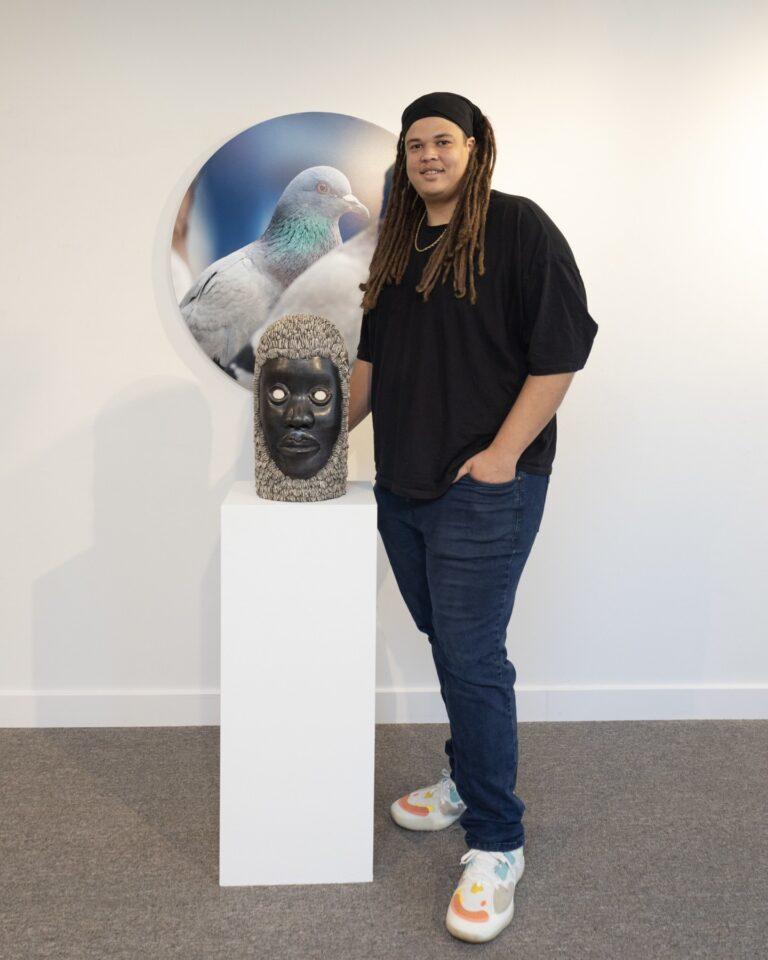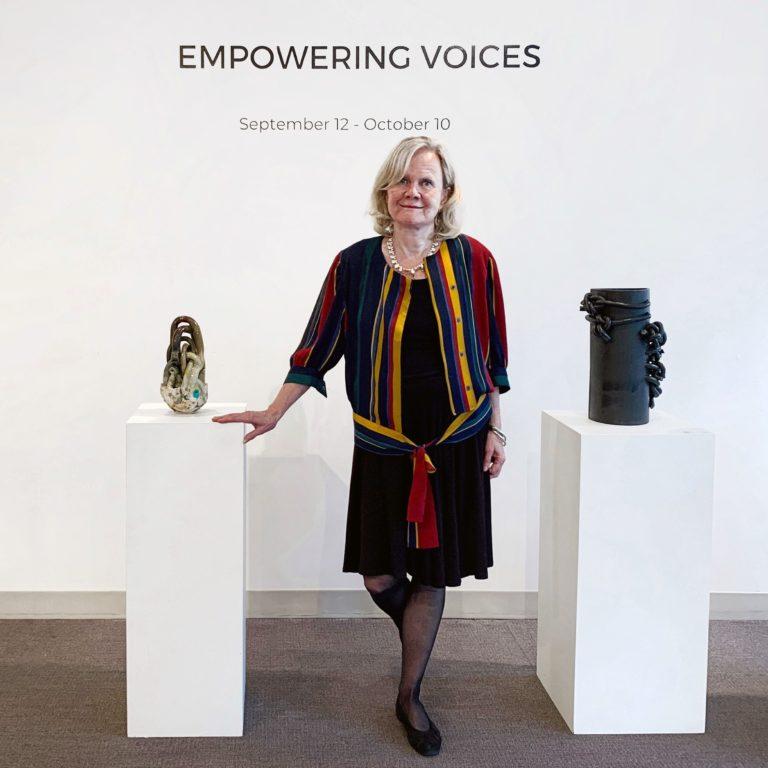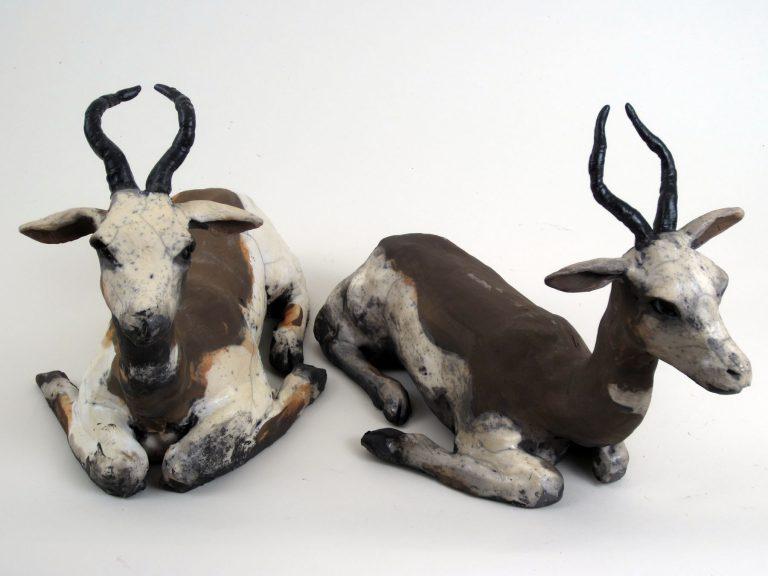Through his art, photographer/ceramicist Isaac Scott tells the story of the slave trade responsible for bringing his...
Concord
Lacoste ceramics Gallery in Concord features eight artists of color in response to the current cries for...
Cambridge writer, photographer, consultant and art lover Anita Harris plans to attend the opening of "Through the...
I was blown away when I heard about pill bottle caps that will tell you (or...


